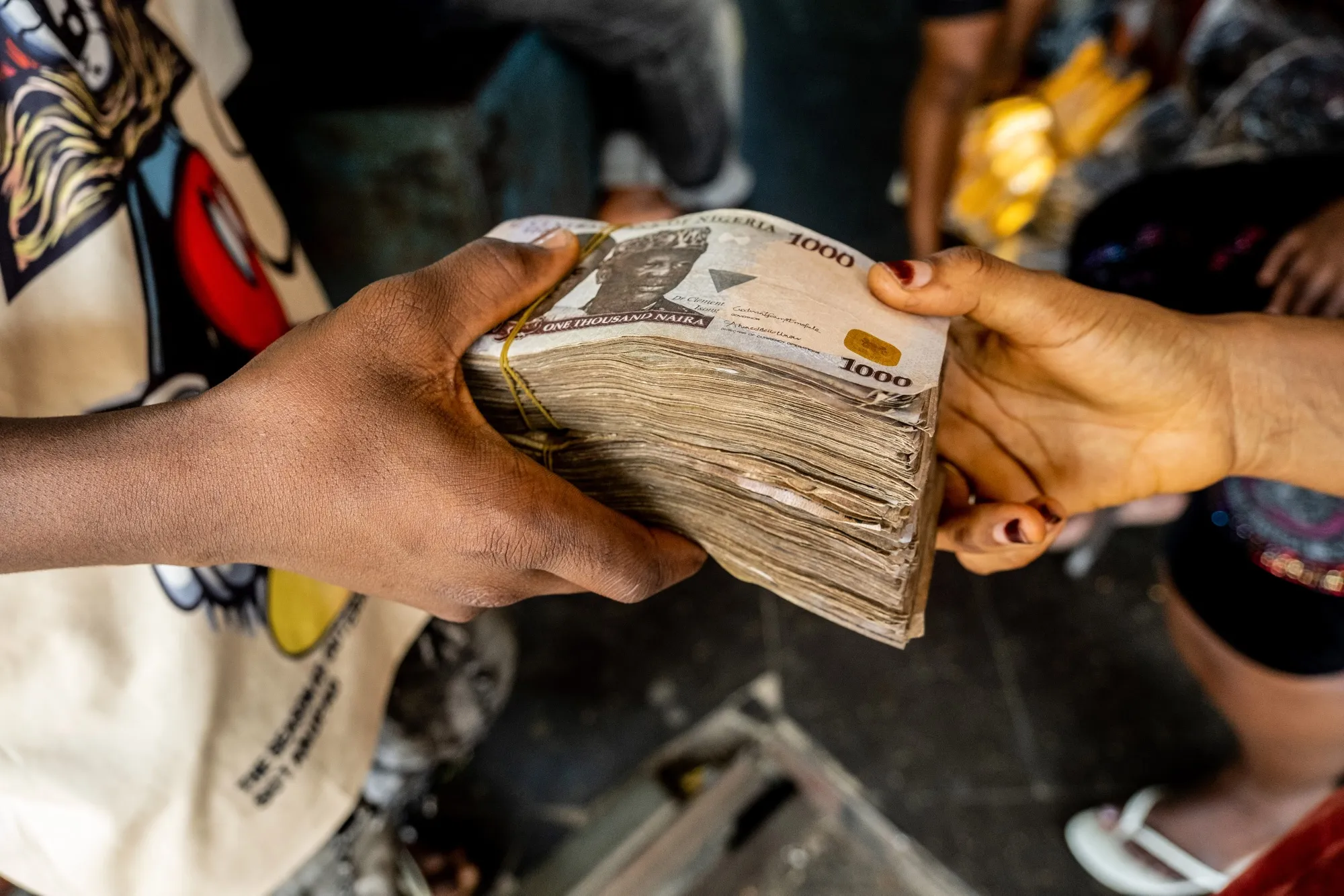Growing fiscal pressures have been witnessed in South Africa coupled with increasing levels of indebtedness and budget shortfalls. Reasons for the deficit are elaborated upon with measures that the country can take to avert a financial crisis.
As with many countries that are managing complex social needs and economic challenges, South Africa is experiencing increasingly tough fiscal conditions. In the face of mounting public debt and expenditure requirements, questions are being raised as to whether the country can hold itself together fiscally without setting off a deeper crisis.
A “debt trap” — where interest payments consume so much of the government’s budget that little is left for key services like education, health, and infrastructure — has now entered the national conversation.
Is South Africa on the edge of a fiscal cliff? Or are there safe, responsible ways out?
This article defines what a fiscal deficit is, takes a look at the factors leading to the increasing debt, and outlines some possible solutions to keep the country on a sustainable financial path.
What is a fiscal deficit — and why does it matter?
A fiscal deficit is when the government spends more money than it collects in revenue, usually through taxes. This gap is usually filled by borrowing, often by issuing government bonds.
When deficits are moderate and well-managed, they can help finance long-term growth. But when deficits persist for many years, they can lead to a debt spiral — a situation in which paying off old debt limits the ability to invest in the future.
South Africa has run fiscal deficits for over a decade. As high, for an emerging economy, the National Treasury expects the deficit to exceed 4.9% of GDP in the 2023/24 fiscal year.
By 2024, South Africa’s gross national debt will be more than R5.5 trillion, over 70% of GDP. Thus, for every R100 that the economy produces, R70 is owed by the government.
This is how bad things have become: debt servicing now eats up about 20% of total government spending. That is more than is spent on higher education, policing, or even infrastructure.
This increasing debt load is not creating any wriggle room. Even as more tax money comes in, most of it is siphoned straight into paying off the interest, rather than being used for a worthy cause or to help society.
What’s causing the shortfall?
A few different things have led to South Africa feeling the pinch fiscally:
1. Anemic economic growth
The economy has grown slowly. There is not enough money from taxes, but there is more need for social support and services. South Africa’s economic growth has averaged less than 1.5% per year over the past decade.
2. Making social spending larger
This is necessary for reducing poverty but puts continuous pressure on the budget especially in times of crisis like the pandemic.
The government employees’ wage bill remains high, taking up over a third of total spending. Though many public servants deliver essential services, such largesse in payments leaves very little for other priorities.
4. Bailouts for State-Owned Enterprises (SOEs)
The firms, e.g. Eskom, Transnet, and South African Airways, have often been rescued as they face a quagmire of mismanagement, operating at a loss, and debt burden, which does not speak to the sustainability of an intervention in their respective standalone financial health.
What are the risks? If not:
• Addressed, fiscal deficits and rising debt could lead to
• Downgrades of the credit rating, making borrowing more expensive
• Higher interest rates, hurting consumers and businesses
• Confidence in the investors, slowing foreign investment
• Reduced space for social growth as debt consumes future budgets
• Force from world groups, limiting political freedom
While South Africa has not missed a debt payment — and continues to have access to capital markets — extended fiscal pressures raise financial vulnerability especially in the periods of global downturns.
Can a crisis be averted?
Yes — but it demands strategic, transparent, and balanced handling of public finances.
1. Driving inclusive growth
Tax collection can be not only revamped but also South Africa can increase its income base without increasing taxes by encouraging investment, supporting small businesses, and boosting the green energy, tourism, and manufacturing sectors.
This does not imply slashing vital services. The focus should be on efficiency: ensuring public money is spent wisely, reducing leakages and fighting against corruption at all levels.
Reorganizing government-owned firms to enhance management, responsibility, and results can lower the necessity for future rescues. Pacts with the private industry can offer new money and skills.
5. Clear money plans
Open talk from the Treasury on debt aims, changes, and risk care helps keep inside and outside trust – key to holding borrowing prices steady.
In the future,
South Africa has overcome fiscal challenges in the past, and it can do so in the future. With strong leadership, institutions, and public support, the country can find a sustainable path.
Yes, the numbers are tight and the trade-offs are real. But there is still time to act before the red flag of a full-blown financial crisis goes up.
Through the pursuit of growth that includes everyone, spending wisely and well, and governance, South Africa can deliver on its potential unbounded by debt.
